
Who was Jack the Ripper? Behind the terrifying mass murderer
In the halls of the history of true crime, there is one unsolved case that everyone will know. Whether you have no interest in true crime stories or you watch it all the livelong day, you’ve more than likely heard of Jack the Ripper. Ah yes, Jack the Ripper, the most notorious serial killer in history, who prowled the streets of London, taunted police, and definitely killed five people that we know of.
The Jack the Ripper case is the case. People have been trying to solve it for over a century now. If we can trace a point to the origin of our fascination with true crime and unsolved cases at least as we understand them, then it all goes back to Jack.
Now there is a lot of information on the case, Jack the Ripper is one of the best recorded unsolved cases in history. Everyone was following this case. Without turning this into a book, we’re just going to give you the basics and maybe the top suspects. If you want more, then there are a hundred documentaries out there covering the Jack the Ripper case in detail.

Canonical Five
The exact victims of Jack the Ripper are unknown, but there are five victims that can be definitely attributed to the killer known as “the Canonical Five”. These women were all prostitutes who worked and lived in the slums of East London, specifically in the area of Whitechapel.
The Canonical Five victims of Jack the Ripper are Mary Ann Nichols, Annie Chapman, Elizabeth Stride, Catherine Eddowes, and Mary Jane Kelly.
Nichols’s body was found on Friday, Aug. 31, 1888, with her throat severed and her lower abdomen partly ripped open.
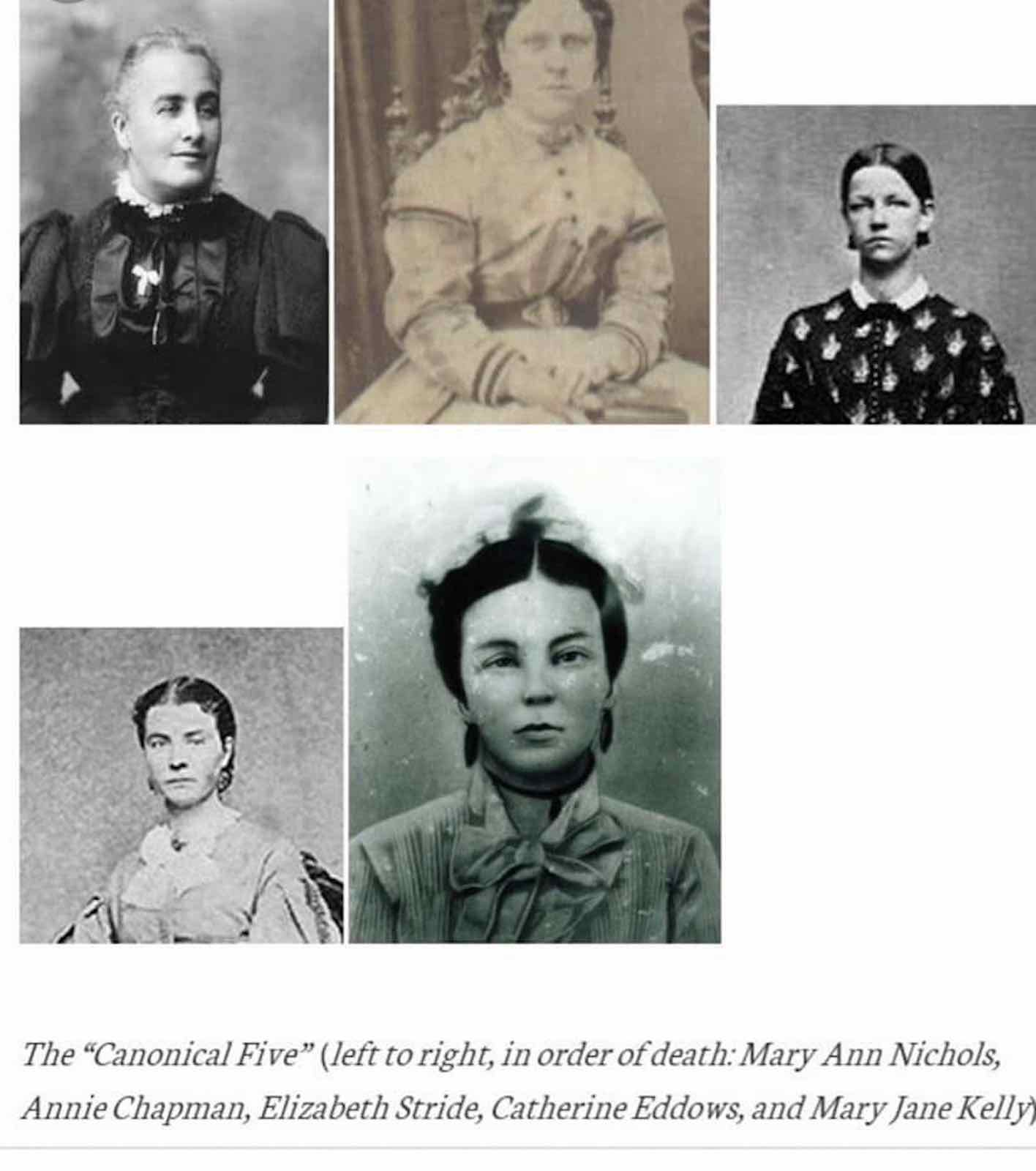
A week later, on Saturday, Sept. 8, Annie Chapman’s body was discovered with her throat severed. Unlike Nichols, Chapman’s abdomen was opened entirely. A strip of skin was laid on one shoulder with her small intestines placed on the other. Upon further investigation, it was discovered that her uterus and bladder were removed from her body, never to be found.
Unlike Nichols, however, there was a witness who saw Chapman alive prior to her death, talking to a man with dark hair and a genteel appearance.
On Sept. 30, there were two victims in one night: Elizabeth Stride and Catherine Eddowes. Many consider this to be especially bold on the part of Jack the Ripper as the crimes took place fairly close to each other and in a short amount of time.
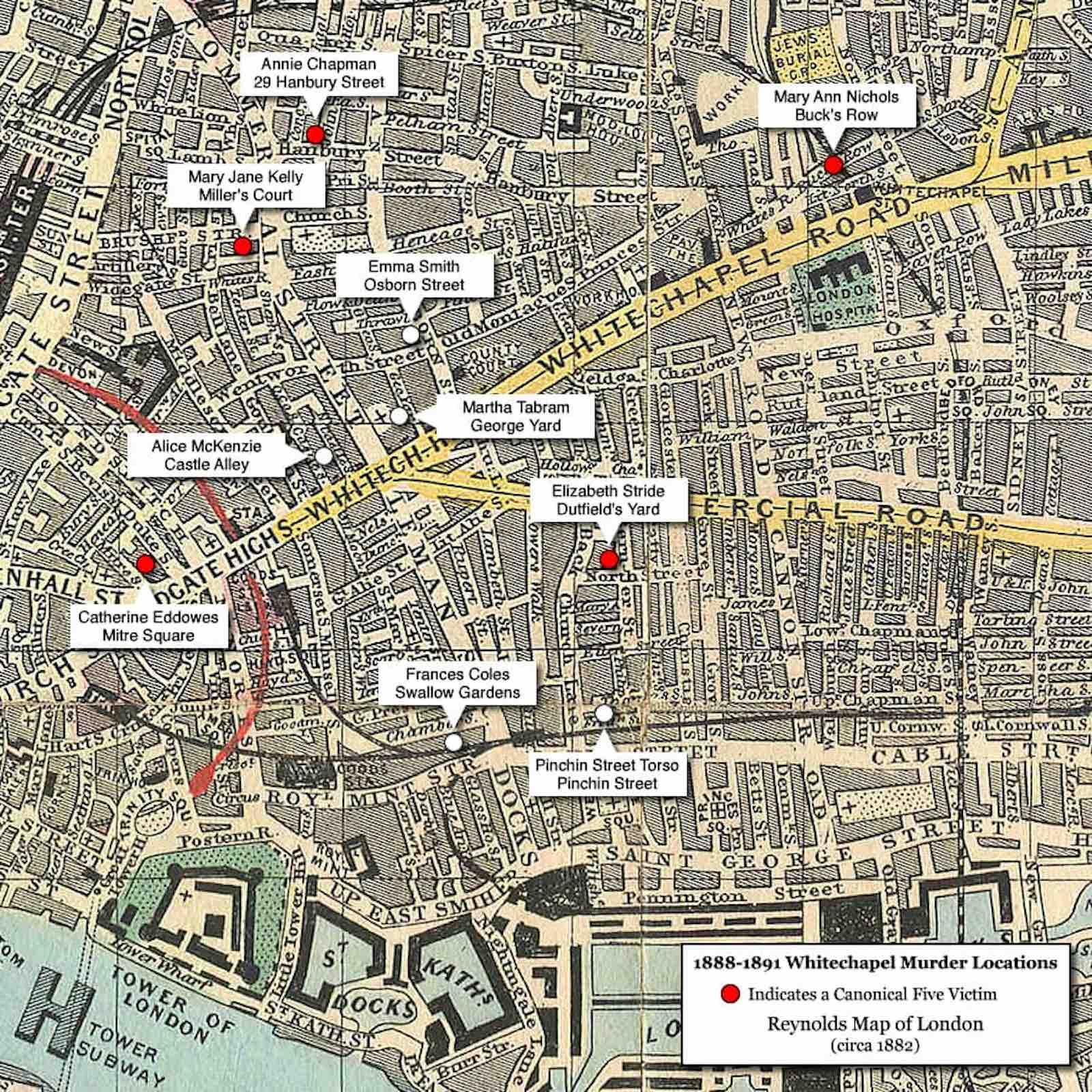
Stride’s body was the first to be discovered at 1am. Like Nichols and Chapman, her throat had been severed. Unlike the other victims, there were no wounds to her abdomen. This leads people to believe that Jack the Ripper was somehow interrupted during the killing and couldn’t complete his rituals.
Eddowes, however, wasn’t so lucky. When she was discovered, she was missing her left kidney and the majority of her uterus. In addition, her face had been disfigured with her nose severed, cheeks slashed, and eyelids incised.
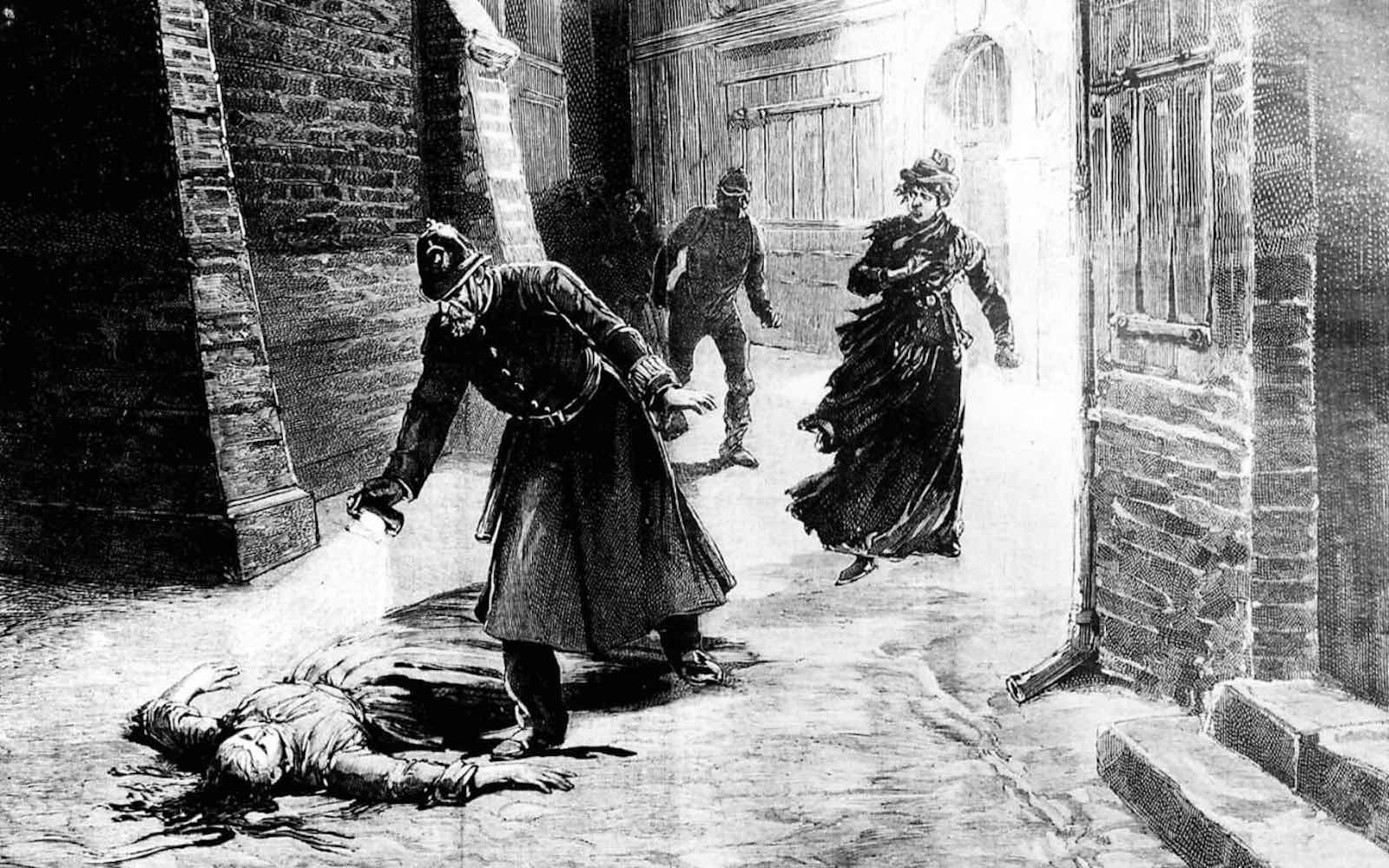
Finally, there was Mary Jane Kelly. She was definitely the worst out of all the canonical victims. Her throat was severed “down to the spine”. Her face was hacked beyond all recognition. Her abdomen was almost empty of the organs. She was also missing her heart.
Kelly’s body was also posed with her uterus, kidneys, and one of her breasts placed underneath her head. Her other organs were placed on the bedside table. Kelly is considered to be the final official victim of Jack the Ripper.

From Hell
As the hysteria swept through the streets of London, Jack, or someone claiming to be Jack, was enjoying the attention. Part of what made Jack the Ripper so terrifying at the time was that he . . . spoke. He sent in letters to the newspapers and the police. There are three letters and postcards that people generally accept come from the killer.
The first letter, “Dear Boss”, arrived at the Central News Agency before the death of Stride and Eddowes, promising the next killing would have the killer sending the ears of the victim to the police. There was an intentional nick on one of Eddowes’ ears, which made people believe in the letter’s validity.
The next, a postcard, known as “Saucy Jacky”, arrived at the Central News Agency after the double murders of Stride and Eddowes. The postcard had the same handwriting as the Dear Boss letter and contained details on the case. Due to the fact that news traveled quickly about the Jack the Ripper killings, however, that wasn’t a surprise.
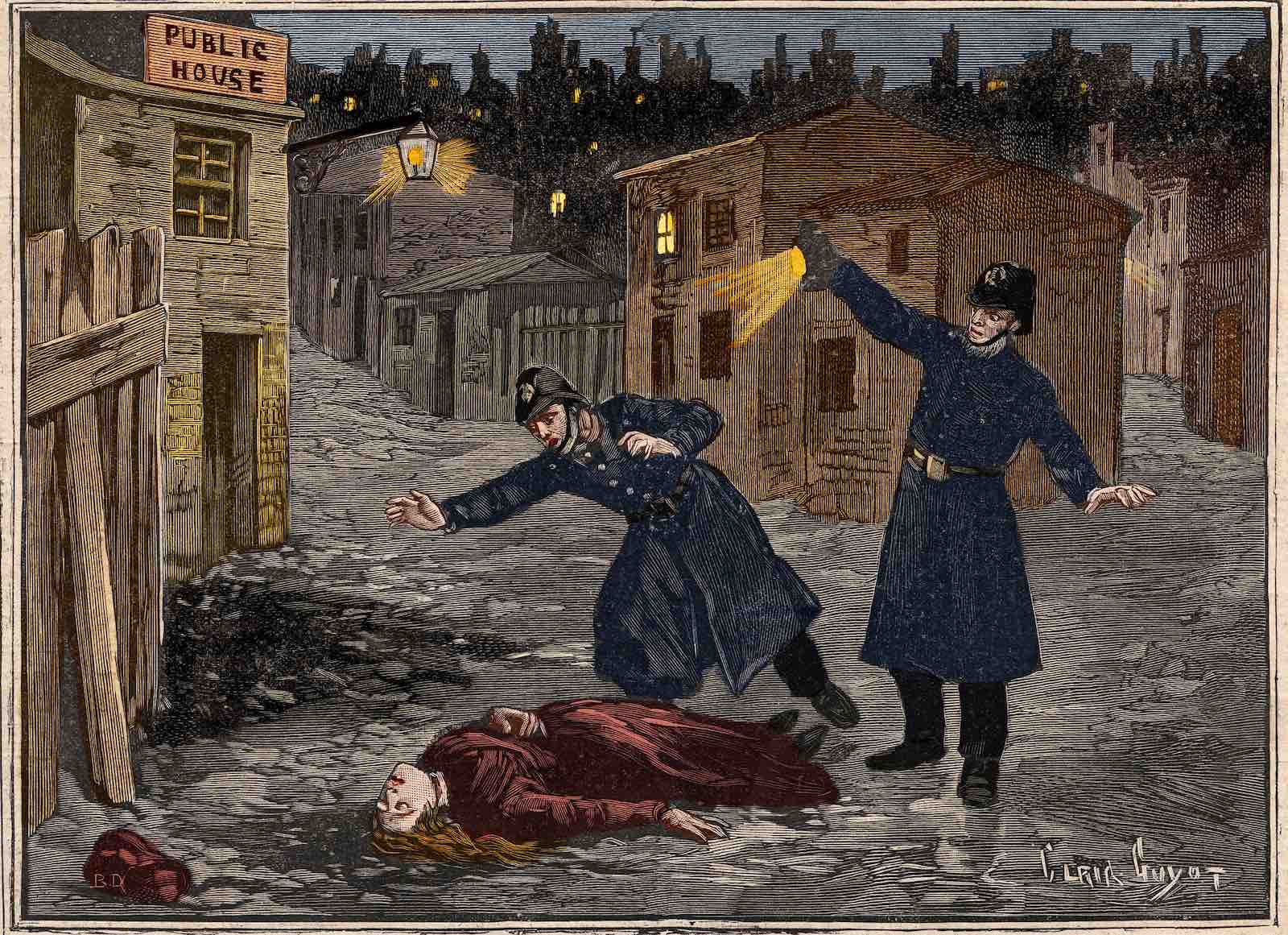
The third, known as “From Hell”, came to the Whitechapel Vigilance Committee leader George Lusk. While the handwriting wasn’t like the first two letters, it did come with an important bit of evidence: Eddowes’ missing kidney. Or, well, it was a kidney. Not something that you want to get in the mail either way.
The kidney was sent to Dr. Thomas Openshaw of London Hospital for examination, but he couldn’t find anything to definitively link it to Eddowes. Openshaw would also receive a letter signed by Jack the Ripper, making it the fourth letter of the group.
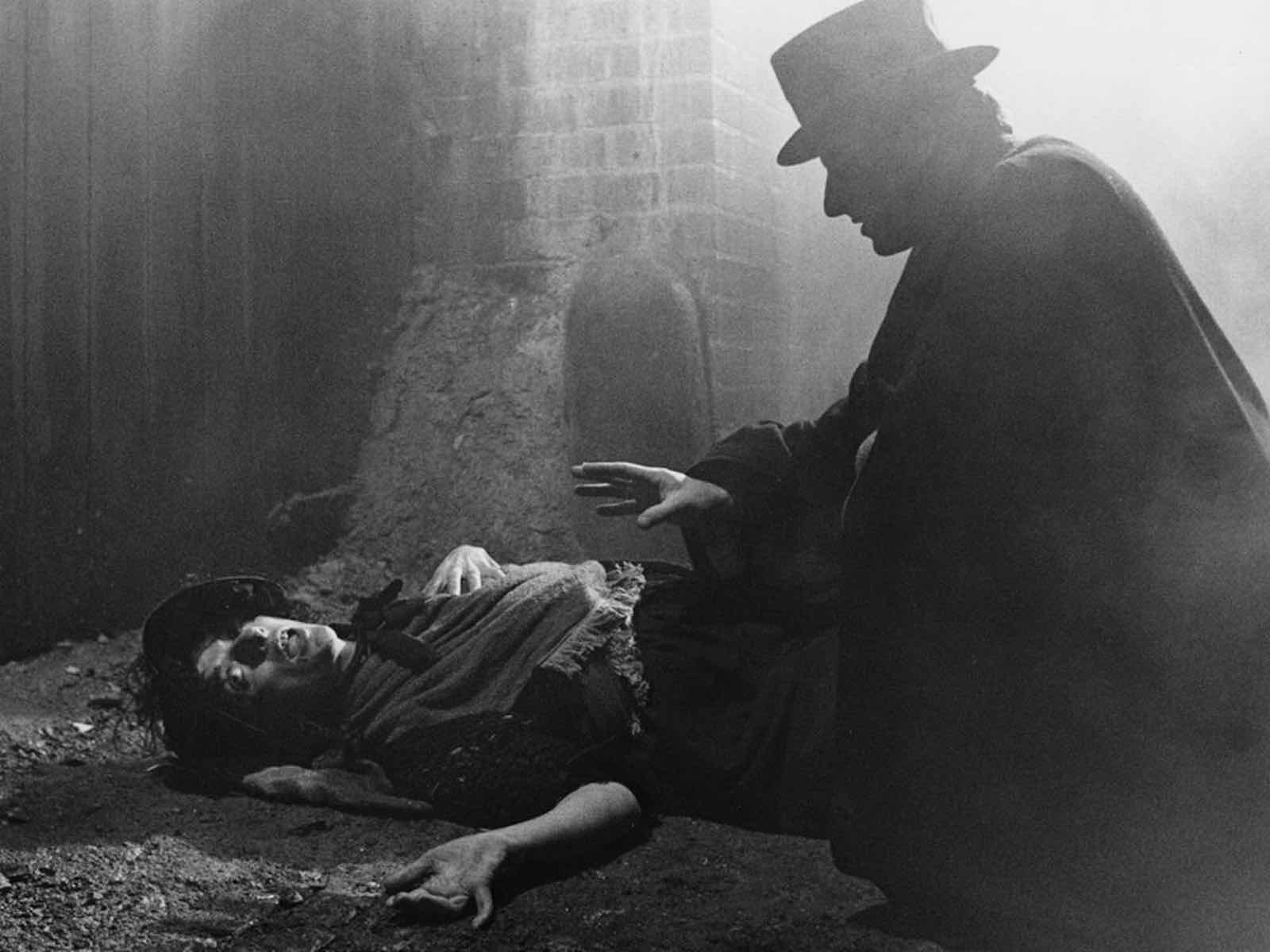
What happened to Jack?
So why did Jack the Ripper stop killing and talking to the police? Some believe that he stopped after Kelly due to illness, injury, imprisonment, migration, or death. Some believe that there was no one killer. That there were multiple killers and humans investigating the deaths made up the pattern of Jack.
Others, however, believe that there are other murders, associated with the prolific killer. Following Kelly’s death, there were six other murders in the Whitechapel area that people believe could be the work of Jack the Ripper, but with no viable links to it.
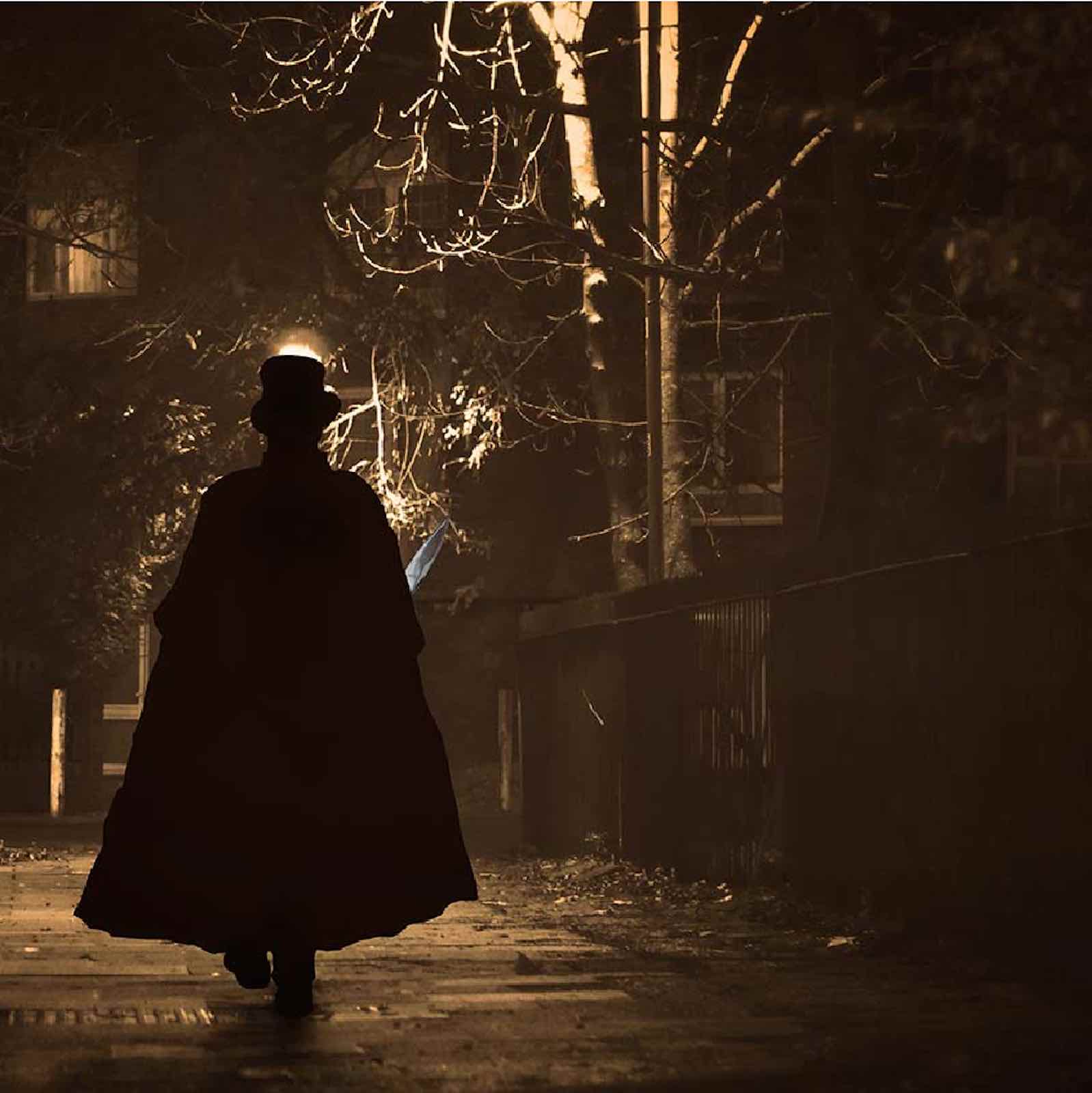
Now, the real question remains, who is he?
At this point, we probably never will know who Jack the Ripper is. The theories are numerous from Jack the Ripper being Jill the Ripper to Prince Albert. There are over 100 suspects in the deaths that we cannot possibly cover here. It looks like Jack the Ripper may never reveal himself to us and so the story remains.
—
If you’re a massive true crime stan, do sign up for our newsletter. We promise only to send you the most relevant news, contests, quizzes, and polls.



